Hagaparken in Solna is fantastic, and here you can stroll among castles, gazebos and pavilions from the time of Gustav III. We took the opportunity to make an excursion here with the electric bikes when the sun was shining on Friday. Follow us through the park!
Table of contents
Excursion to Hagaparken in Solna.
We live in Solna, but I still don't know when we were last in Haga Park. Surely it is a bit typical that you miss the sights and experiences that you have closest at hand? The cycle path was also completely new to us, and we cycled past some really nice old wooden houses at Blåkulla in Solna.
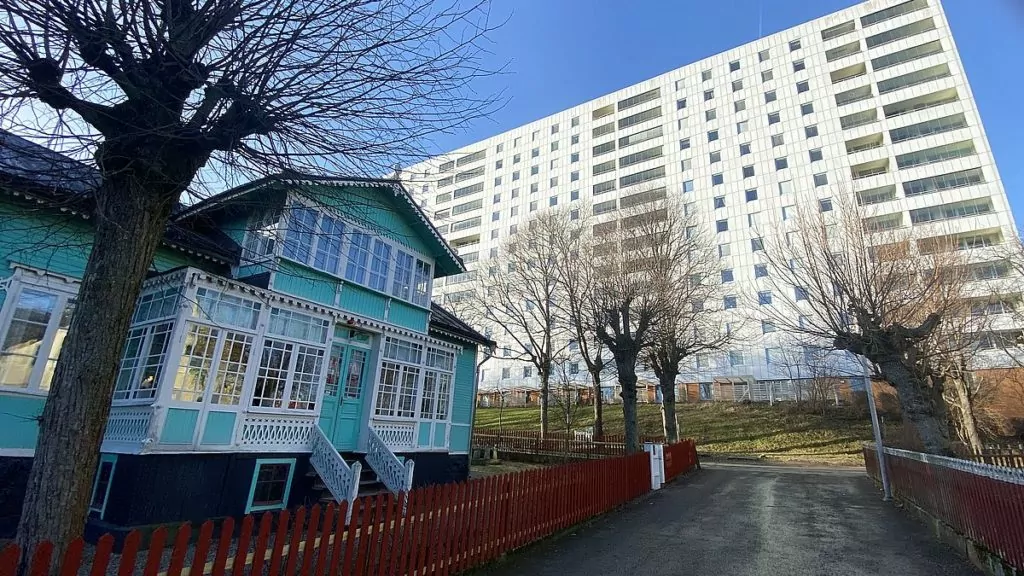
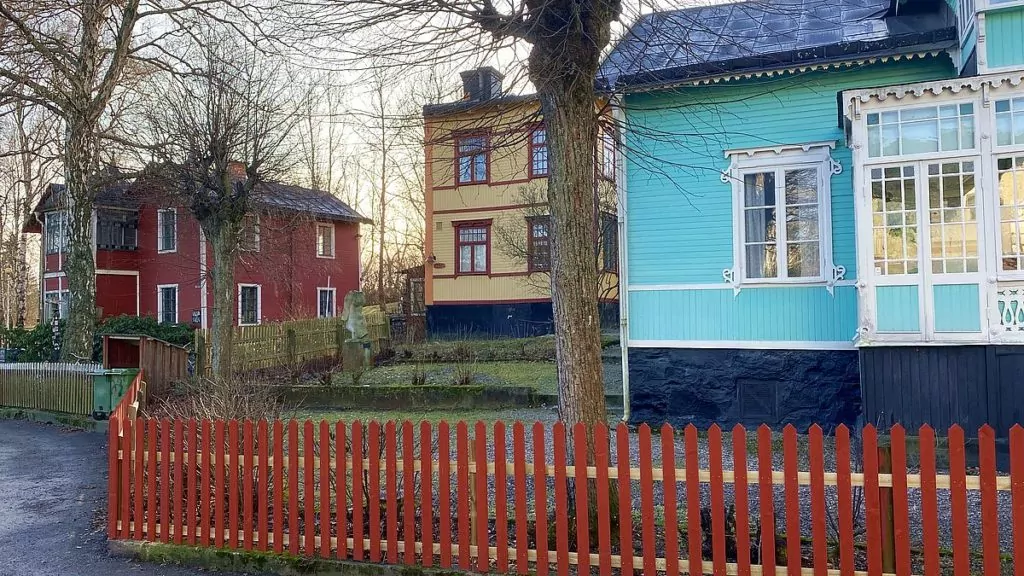
We entered the park via the northern gates of Haga. In the time of Gustav III, entrance tokens were given to authorised and trusted people, but since the 19th century the park has been open to the public.
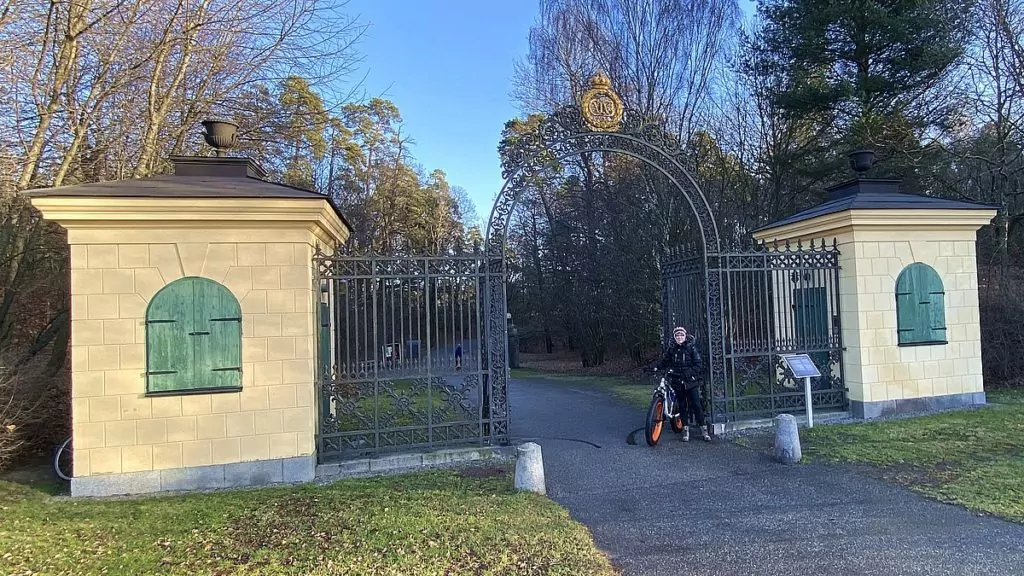
Hagaparken in Solna
If you're not from here, Hagaparken is located in Solna, just north of the centre of Stockholm. You can get here by car or bike, or by bus from Odenplan, for example.
A royal park
Haga Park is, and has always been, a royal park. Gustav III had the park built in the 18th century, and our current king, Carl XVI Gustaf, grew up in Haga Castle with his sisters. Surely no one has forgotten the "Haga sisters"?
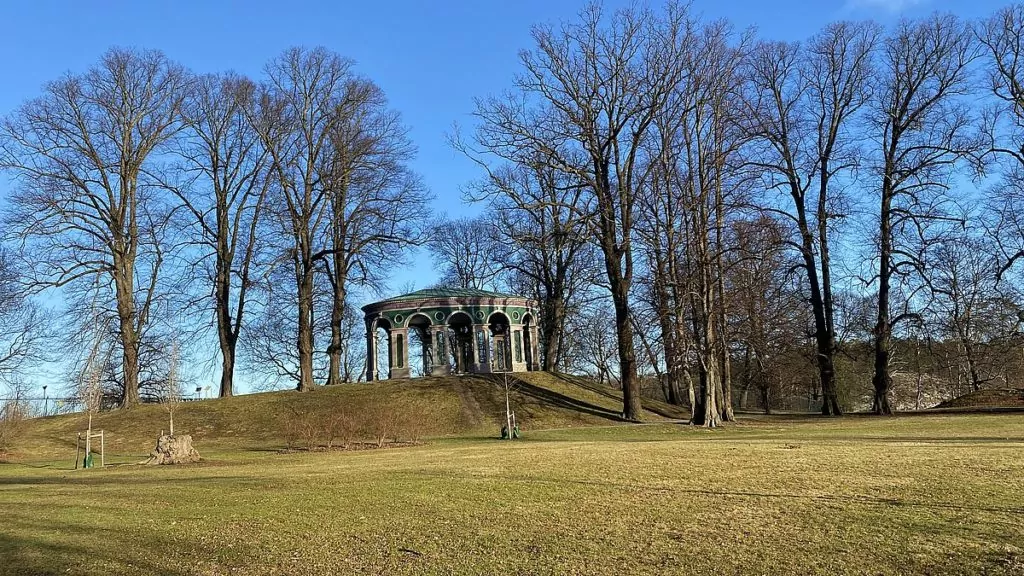
Haga Castle and Prince Gustav's monument
Today, Crown Princess Victoria and Daniel live in Haga Palace, and the palace and surrounding gardens are the only part of the park that feels private. The castle is well screened from view and the only thing in the neighbourhood I managed to photograph was Prince Gustav's monument.
This statue commemorates the 'Prince of Song' Frans Gustav Oskar. The Prince grew up in Haga, but was only 25 years old. Despite this, he was able to compose the music for several songs, such as 'Studentsången' (Singing the student's happy day...).
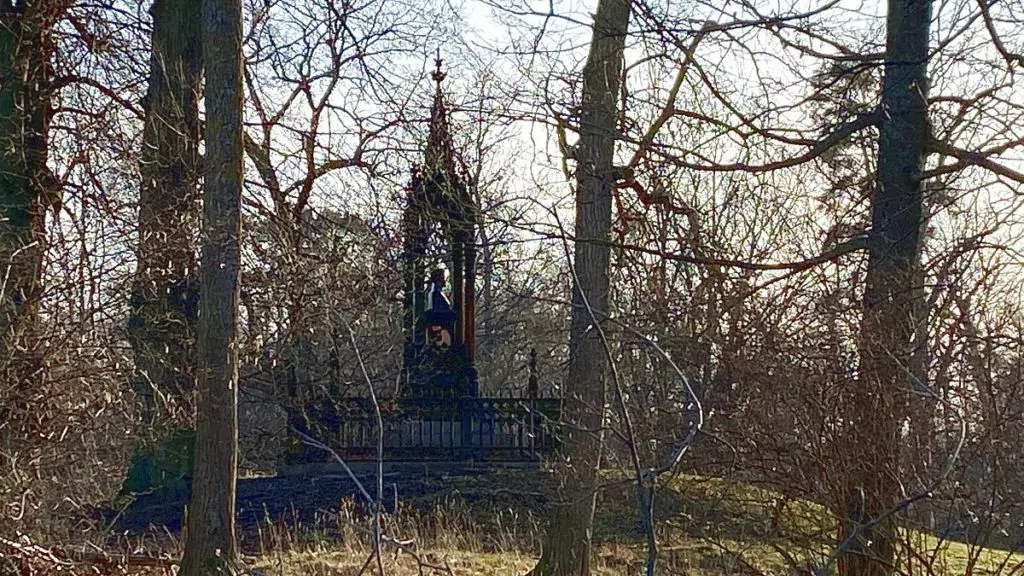
The castle grounds in Haga Park
Not far from Haga Castle is the 'Slottsgrunden'. If Gustav III had not been assassinated at the masquerade ball in 1792, Haga Park would have been much more impressive than it is today. The king was planning a grand palace, reminiscent of a temple with enormous columns. When he died, the plans were put on hold and all that remains are the foundations.
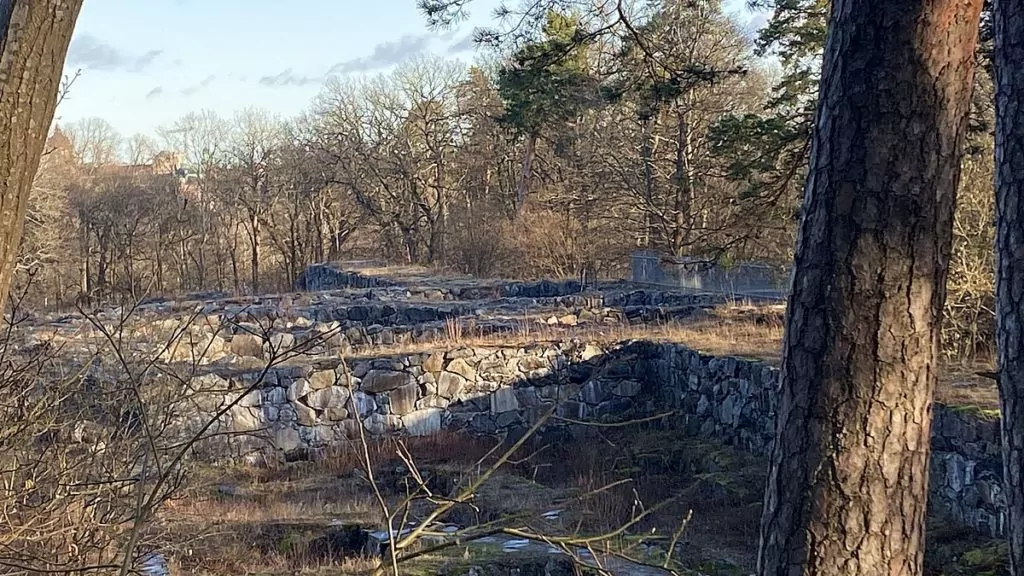
The English Park
In the time of Gustav III, it was fashionable to create 'English parks'. The ideal of an English park is to mimic nature, while offering surprises, such as buildings from other cultures or eras.
This spirit is evident in Haga Park. The park feels natural (even if it's actually a lot of work) and everywhere there are exciting buildings inspired by antiquity or China, for example.
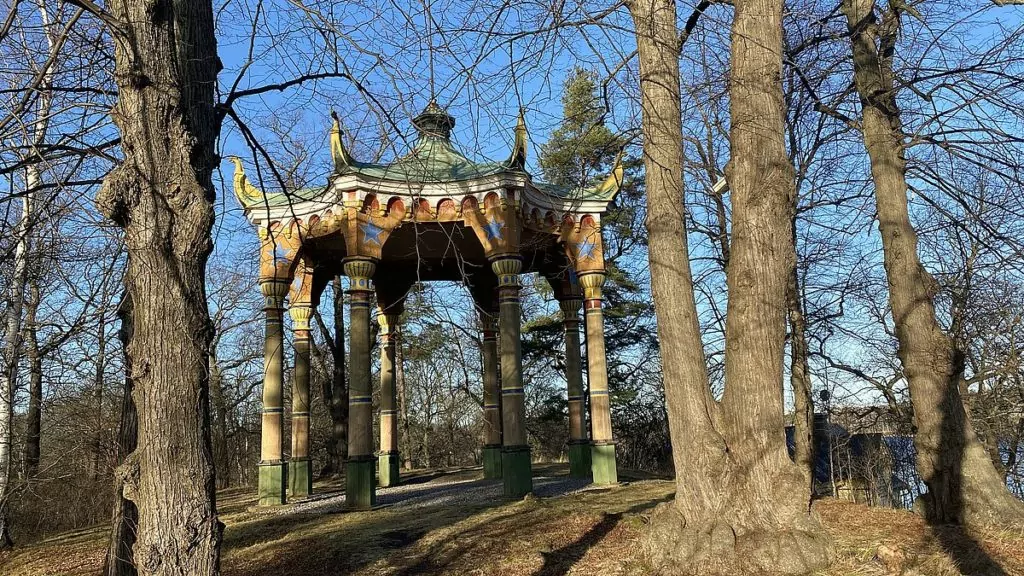
The copper tents in Haga Park
One of the surprises of the park is the 'Copper Tents'. Commissioned by Gustav III, the tents were designed by architect Louis Jean Desprez and completed in 1790.
Originally, the tents were intended to serve as accommodation for the mounted high guard. When the military left Haga Park at the end of the 19th century, they were used partly as housing for park employees and partly as stables for the king's animals.
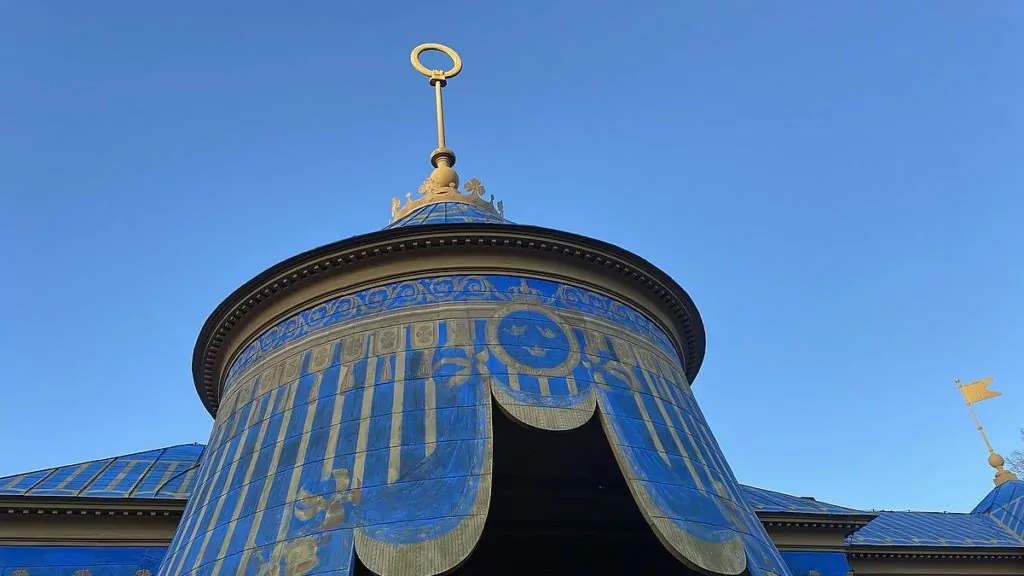
Today you can find a café and inn in the Copper Tents. We took the opportunity to have a simple lunch here, a root vegetable soup with bread. Absolutely perfect replenishment to cope with further experiences in the park!
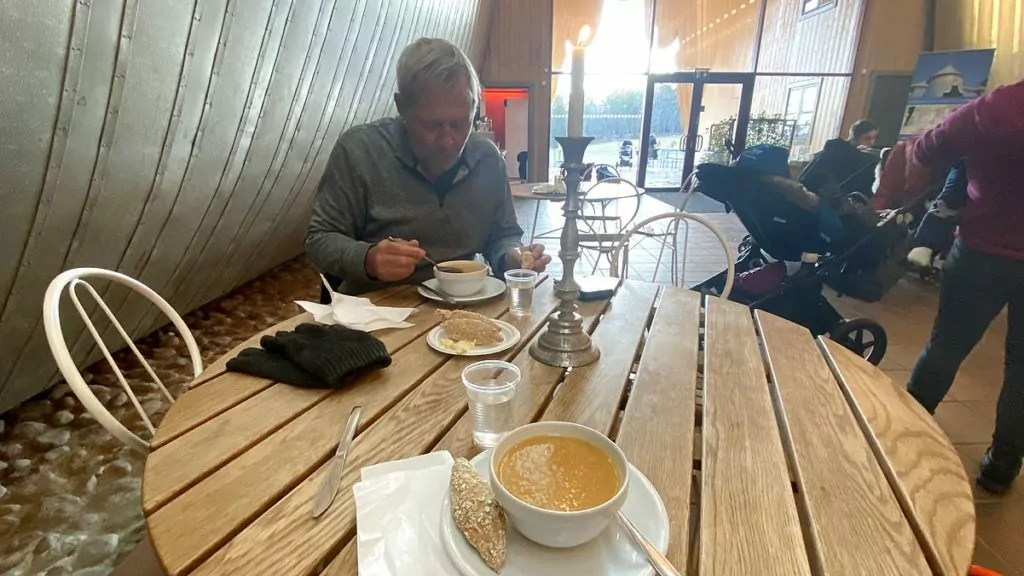
Gustav III Pavilion
Gustav III's pavilion was completed in 1789, and the King moved in. He lived here until his death a few weeks after the fateful night of the masquerade ball.
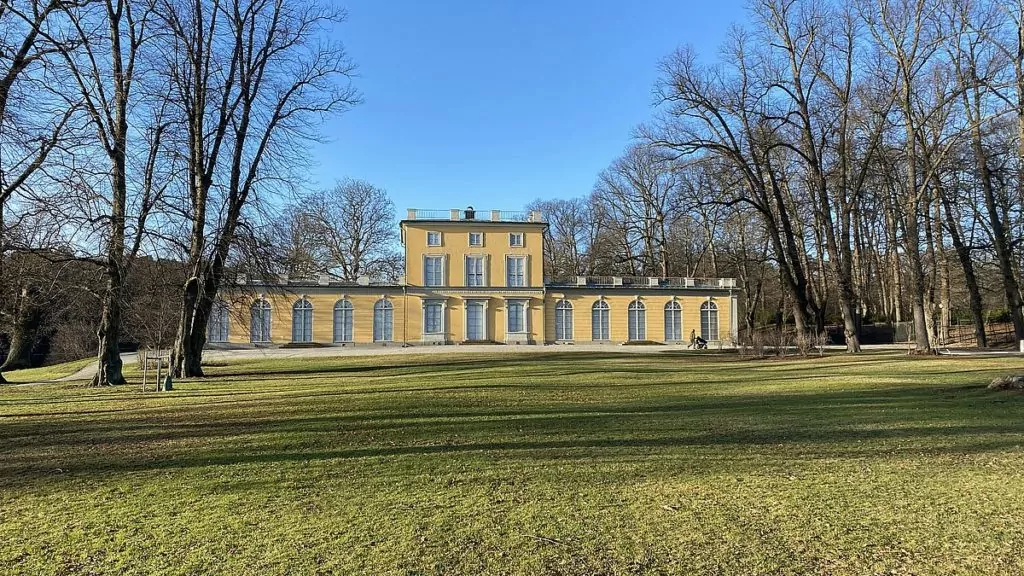
After the assassination, the King's brother, Duke Charles, lived in the pavilion for a time. The building was extensively altered in the 19th century, but the original interior has since been restored based on original drawings. The pavilion is open for visitors during the summer months.
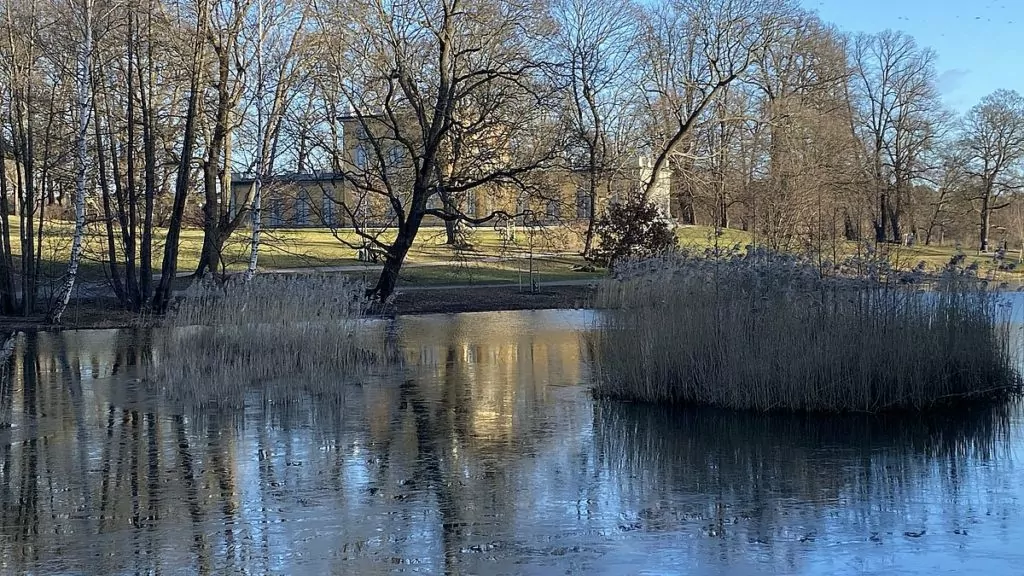
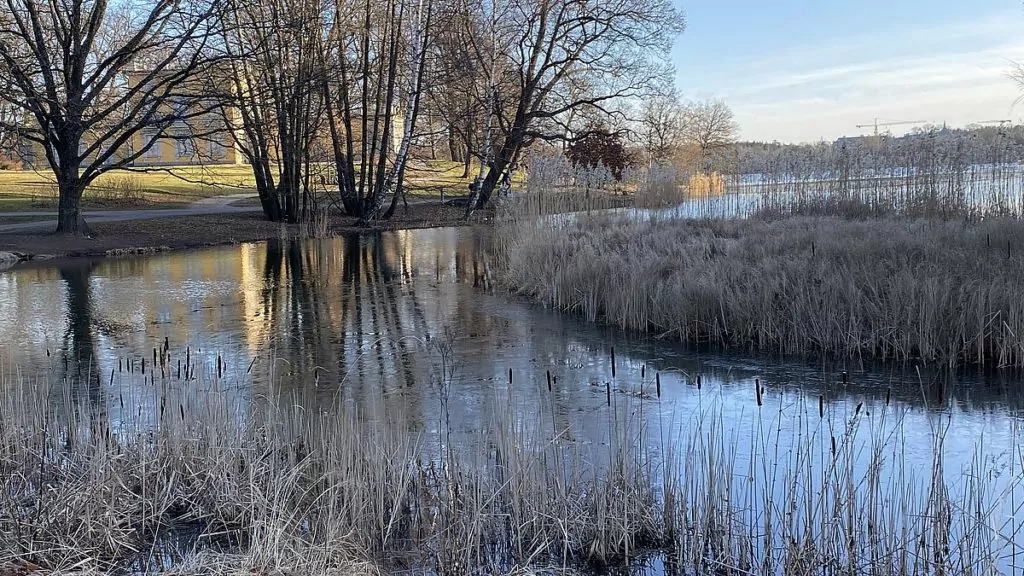
Eco-temple
There are many gazebos in Haga Park and the Eco-Temple is perhaps one of the most beautiful. This gazebo was built because Gustav III wanted to eat his summer meals outdoors if the weather was nice. The building was designed by Carl Christoffer Gjörwell, who at the time was a young associate of the architect Louis Jean Desprez. Why is it called the Eco-Temple? Well, simply because it echoes!
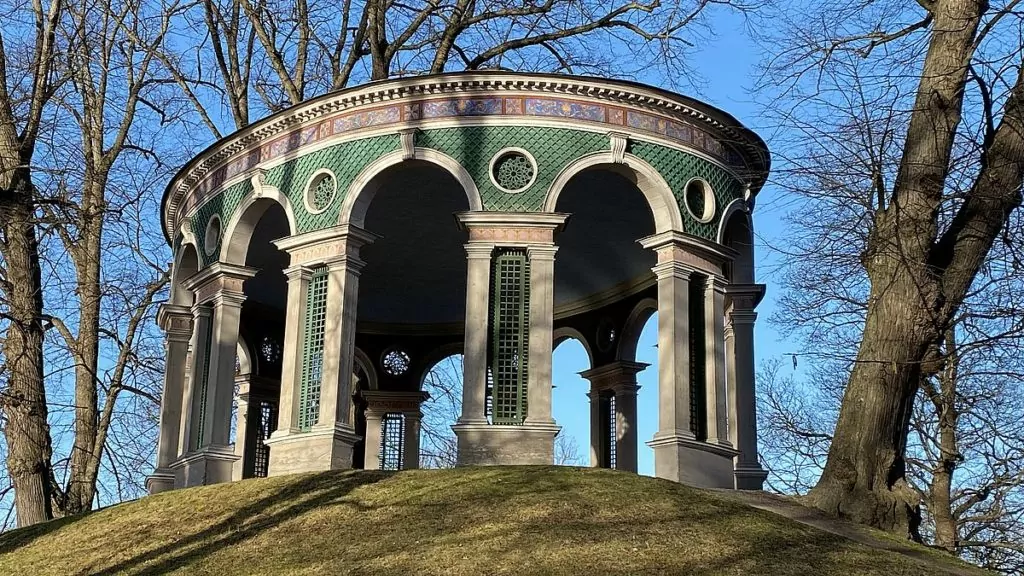
Temple of Cupid and Psyche
Like many other buildings in Haga Park, the Temple of Cupid and Psyche was designed by Louis Jean Desprez. The temple was built to protect Tobias Sergel's sculpture group Amor and Psyche, but the sculpture never came to stand here. Today, Cupid and Psyche is in the National Museum. The temple was already demolished in 1869, as it was never put to any use. Today only a hill remains.
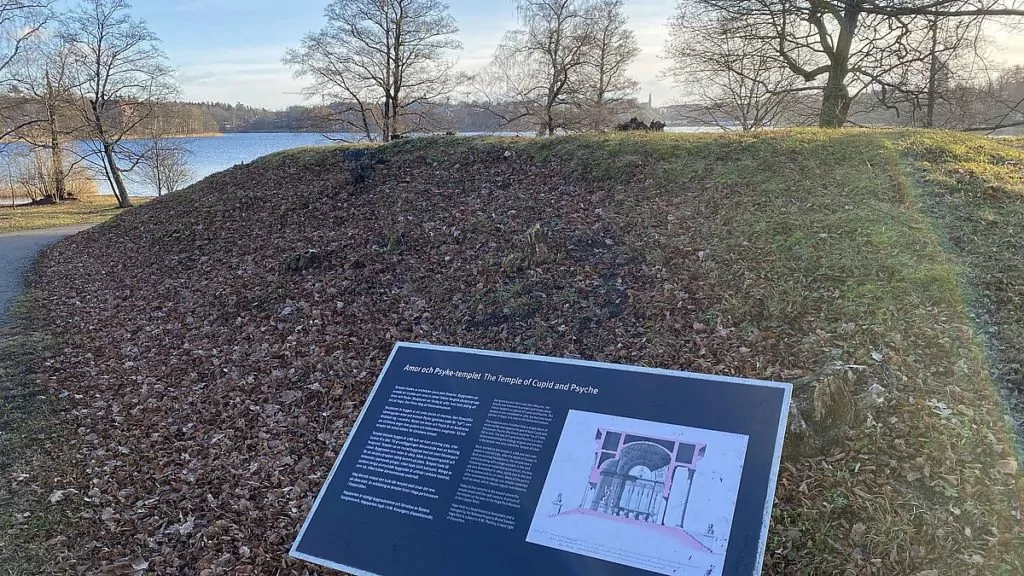
Turkish kiosk and Chinese temple
When I read "Turkish kiosk" on a sign, I thought that maybe you could buy falafel somewhere in the park, but no, that was not the case. The Turkish kiosk is a small building commissioned by King Gustav III, designed by the architect Fredrik Magnus Piper. The word 'kiosk' simply means gazebo or lookout.
There was no photo of the Turkish kiosk, but we took several photos of the Chinese temple. This gazebo was built in the 1780s, and one of the ideas was that from here you would have a view of other exciting places in the park.
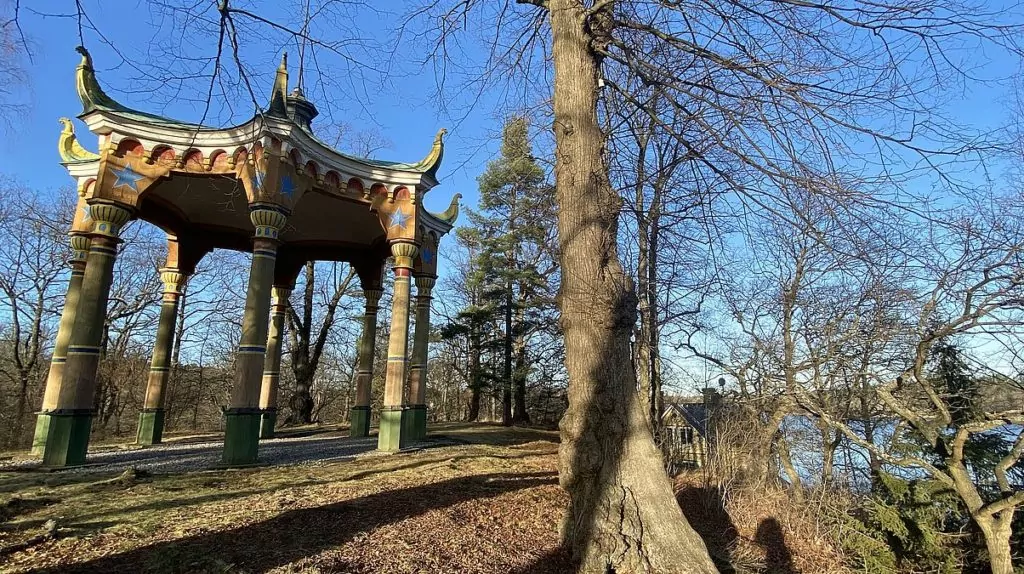
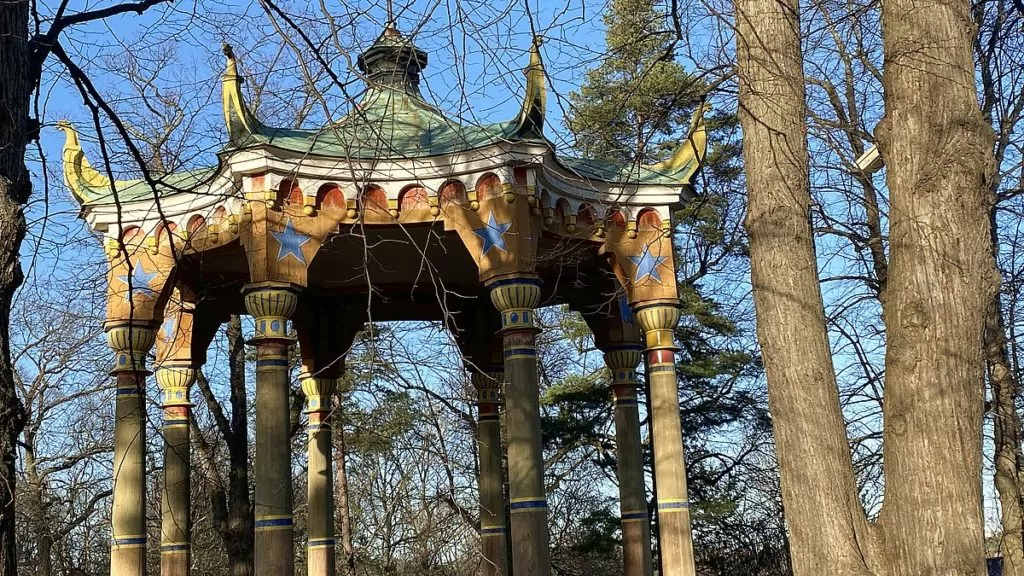
The cave
"The 'cave' in Haga Park is not really a cave, although it could have been a fitting feature of an English park. This is the opening of a blasted rock tunnel. The idea was that the tunnel would meet a shaft on the rock above, where a pumping device would fill a large pond with water. The purpose of this was to provide water for the castle's horses.
Later, Gustav III bought a windmill for the purpose, and today the water level in Brunnsviken is so low that the tunnel no longer has contact with the lake water.
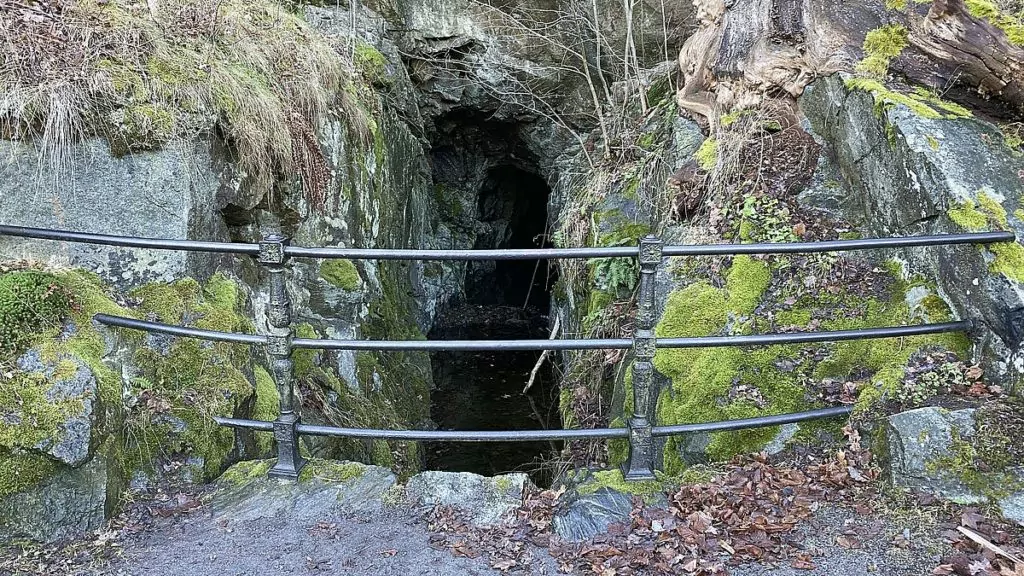
The Royal Cemetery
The Royal Cemetery has been in use since 1922 and has been the official cemetery of the Swedish Royal Family since 1950. The cemetery is located on the island of Karlborg in Brunnsviken. The public can visit the site on Thursdays from 1pm to 3pm from May to August.
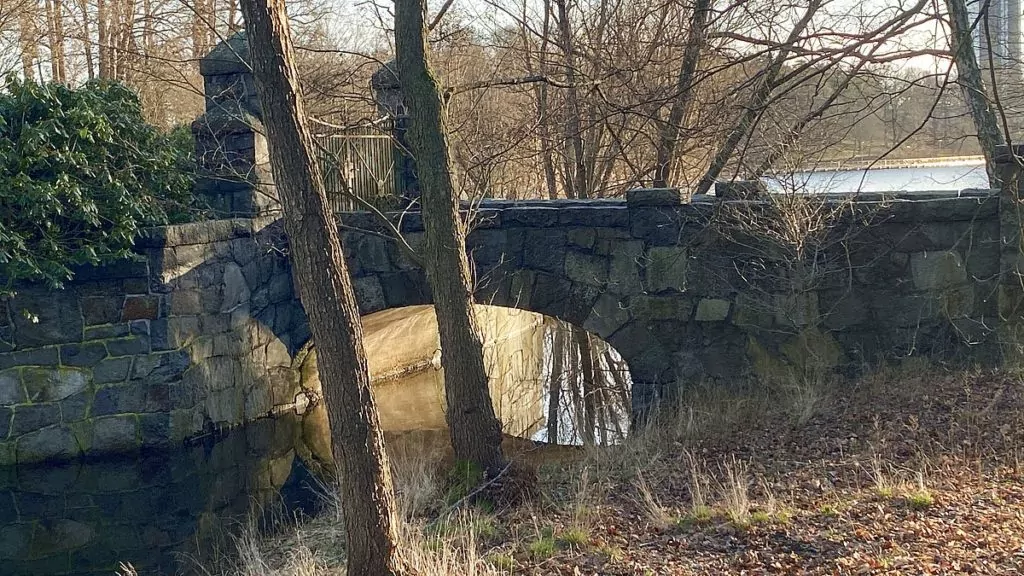
Park Museum and Butterfly House
The Haga Park Museum is located at Koppartälten. It is only open at certain times during the summer months, so we couldn't check it out. The butterfly house, which is super nice, we took the opportunity to check out:
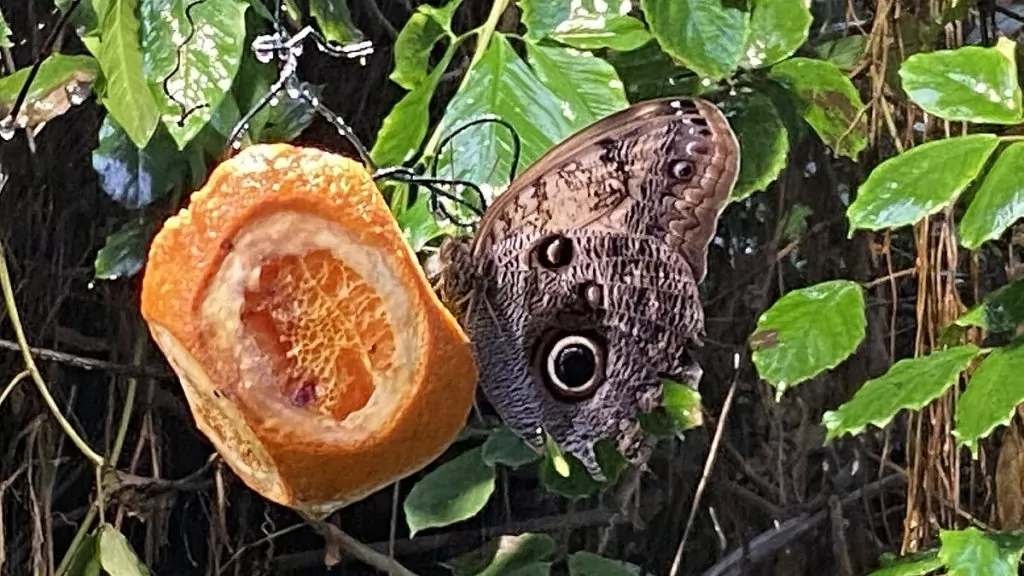
Walking or cycling in Haga Park
Above all, it is of course nice to walk - or perhaps cycle - through the Haga Park. We could have enjoyed a nice walk in the lovely weather. Now, when we wanted to check out several of the park's buildings on the same day, it was probably lucky that we had the bikes. The park is very, very big.
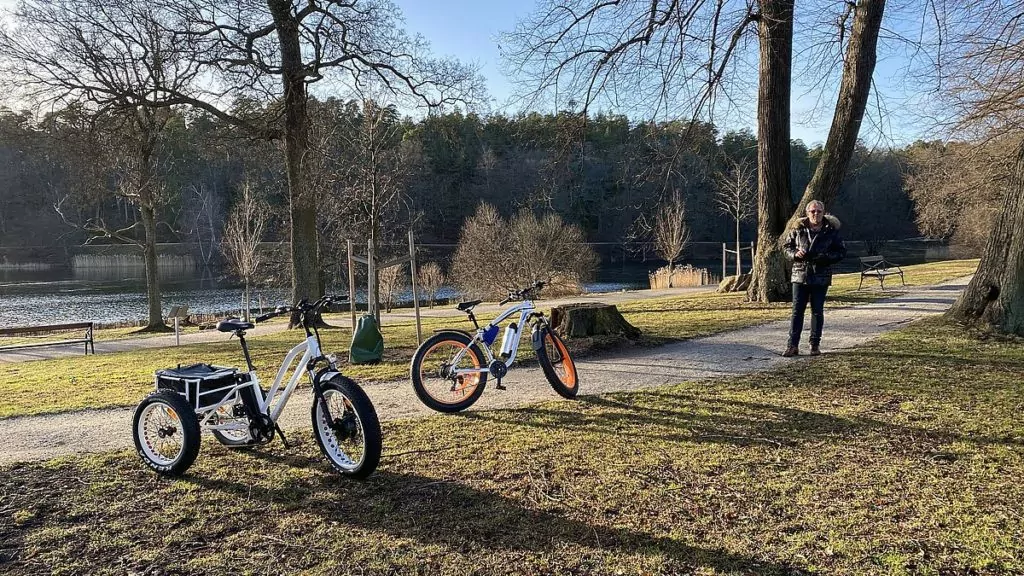
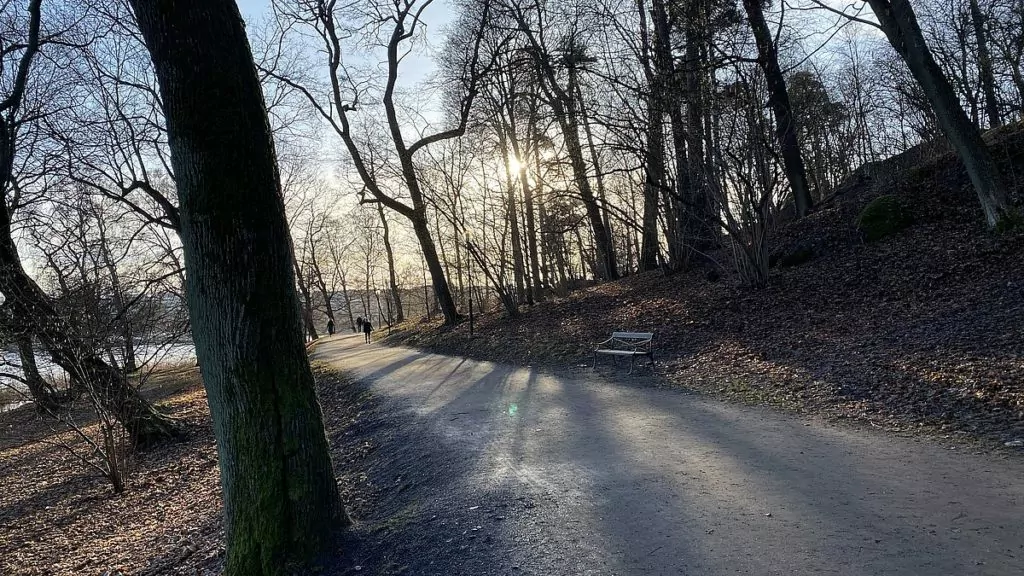
Skokloster Castle - magnificent baroque castle by Lake Mälaren.
Skokloster Castle is a magnificent baroque castle on Lake Mälaren. This is the largest private palace that...
Filmstaden Råsunda in Solna - 100 years of film history
Filmstaden Råsunda is currently operating as a cinema, although it is currently closed due to...
Nothing in Solna - is there anything there?
Writer: Helena Bergström Ingenting in Solna - is there anything there? Ingenting is an office centre...
Görväln Castle and Görväln Nature Reserve
Görväln Castle and Görväln Nature Reserve are located in Järfälla municipality, north-west of Stockholm. We made a...
Road trip in Roslagen - 10 places to visit
Looking for a road trip in Roslagen? We recommend ten great destinations to visit...
Kapellskär campsite in the Riddersholm nature reserve
Kapellskär's camping is beautifully located in the Riddersholm nature reserve, with the coast and the Åland Sea right outside. We...
Wenngarn Castle in Sigtuna - castle park, café and history
Wenngarn Castle in Sigtuna is a beautiful castle, which was once built by Magnus the...
Ängskärs sea campsite in Uppland - and three caravan sites
Ängskärs havscamping is beautifully situated on the Hållnäs peninsula in north-eastern Uppland. We camped here for one day and...
Steninge castle in Uppland - Aunt Anna and the sugar bushes
Guest writer: Anna Nilsson Spets A visit to Sweden for me is full of activities, we headed for...
Bredsands camping in Enköping
Finally, we have a completely free weekend and the opportunity to go out with the motorhome ....
Kvarngården in Knivsta - homestead with nice parking space
Kvarngården in Knivsta is a local history centre and caravan park run by Knivsta Hembygdsgille. Here...
Royal palaces in Sweden - 11 magnificent castles
Royal palaces in Sweden are the subject of today's article. Did you know that there are 11...
From Sundbyberg to Sigtuna - a visit to the Sigtuna Foundation
Guest writer: Christina Gripenberg More specifically, to the Sigtuna Foundation. It's a journey of 1.5 hours, first...
Grisslehamn in Roslagen - 7 tips on things to do
Located on Väddö in Roslagen, Grisslehamn is a charming little town that is bustling with...
Törnskogen nature reserve - lost twice in one day
Törnskogen Nature Reserve consists of Södra Törnskogen in Sollentuna and Norra Törnskogen in Upplands Väsby. Here...
Museums in Stockholm - guide to the city's best museums
Why not visit some museums in Stockholm? Sweden's capital city is one of the world's most museum-rich...
"The whole journey" at Paul Taylor Lanthandel in Sundbyberg, Sweden.
We recently tested the 'Whole Journey' menu at the celebrity restaurant Paul Taylor Lanthandel in Sundbyberg. This is...
Riddarholm Church in Stockholm - the burial place of kings
Riddarholm Church is Stockholm's only surviving medieval monastery church. This magnificent building, constructed at the end of the...
Visiting the Royal Palace of Stockholm - photos and tips
What is it like to visit the Royal Palace in Stockholm? If there is any attraction in the...
Grönsöö castle in Uppland - and a cosy free camping site
Grönsöö Castle is a fine 17th century castle on the island of Grönsö in Lake Mälaren, Uppland. In the summers, the...
What to do in Solna - 15 activities and experiences
What can you do in Solna? We have lived in Solna for eight years, and before...
Österbybruk - mansion and mill environment in Roslagen
Österbybruk is beautifully located in Roslagen and offers a beautiful manor house, historic mill environment and...
Öregrund in Roslagen - tips for things to see and do
Öregrund is a real gem in Roslagen with charming alleys, beautiful old wooden houses and a...
Marabouparken in Sundbyberg - art gallery and park hangout
Marabouparken in Sundbyberg is a park with an art centre and a large collection of sculptures. Despite...
Pythagoras Industrial Museum in Norrtälje - step into history
The Pythagoras Industrial Museum in Norrtälje tells, in a very vivid way, about a piece of Swedish industrial history....
Bogesund Castle in Vaxholm - and the Great Castle Tour.
Bogesund Castle in Vaxholm is a beautiful 17th-century castle located in the Bogesund countryside in Stockholm...
Riddarhuset in Stockholm - interesting to visit
The Riddarhuset in Stockholm is open to visitors for an hour every weekday, and making a...
Lingnåre cultural reserve - historical trails in Uppland
Lingnåre Cultural Reserve is located on the Hållnäs peninsula in the municipality of Tierp. There are currently a total of 43 cultural reserves...
Vikingabyn Storholmen - open-air museum in Roslagen.
Vikingabyn Storholmen is an open-air museum beautifully situated by Lake Erken in Roslagen. For a few...
Kungsträdgården in Stockholm - and the Makalös Palace
Kungsträdgården in Stockholm is a beautiful park where people stroll, have coffee, listen to concerts and...
Best restaurant at Arlanda? - we have tested La Girafe
Which is the best restaurant at Arlanda? There are of course several answers to this question...
Solna church - and the beautiful Norra begravningsplatsen cemetery
Solna Church is a nice little round church from the 12th century. Adjacent to the church is Norra begravningsplatsen, which...
Rydboholm Castle in Roslagen - and the English Park
Rydboholm Castle in Roslagen is a private castle from the 16th century, and next to the castle is the...
Butterfly House in Haga - tropical climate, butterflies and sharks
Have you visited the Butterfly House in Haga? For us it was a long time ago, but now...
Gräsö in Roslagen - a scenic gem
Gräsö is a scenic island, located just outside Öregrund in Roslagen. The island is surrounded by...
Pampas marina in Solna - all you need to know
Pampas marina in Solna is a marina, where you will also find houseboats and a restaurant....
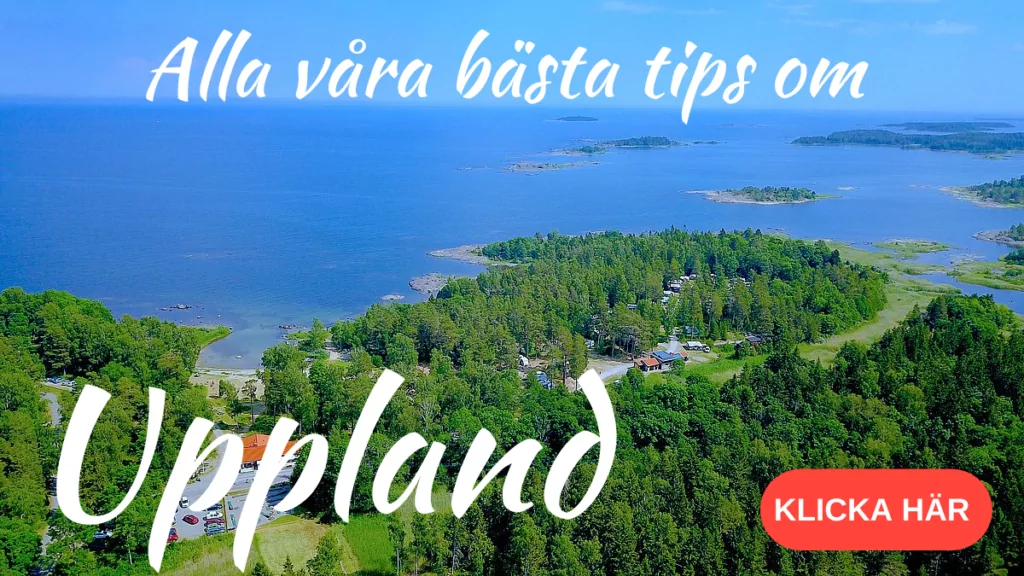
Have you been to Haga Park in Solna? What do you think of the park?
Facts about Hagaparken in Solna
- Location: Haga Park is located in Solna, north of Stockholm. The park is located on the western shore of Brunnsviken, and extends from The Stable Farm in the south to Frösundavik in the north.
- Name: Can also be called the Gustavian Park, after Gustav III.
- Surface: 144 hectares
- Locations: English Park, Pelousen (the lawn), Brunnsviken, Haga Spring, Haga Castle, the Royal Cemetery, the greenhouses at Övre Haga and Banvallen.
Activities and attractions
- Attractions: The Gates, Copper Tents, Castle Grounds, Gustav III Pavilion, Gustav III's Urns, Eco Temple, Chinese Temple (Chinese Pagoda), Turkish Kiosk and Finnstugorna (Large Finnstugan and Small Finnstugan).
- Activities: Walking, cycling, segway, Park Museum and Butterfly House Haga Ocean.
- Sporting event: Haga Parkrun every Saturday at 9:30, Sports Day is organised every year on the initiative of Prince Daniel, park volleyball competitions are organised every Wednesday.
Service
- Eating establishments: Haga Forum, Stallmästaregården, Radisson Royal Blue Park Hotel, Koppartälten and Fjärilshuset.
- Toilets: At the Copper Tents.
- Read more: You can find more information at Visit Haga.
Opening hours and prices
- Haga Park Museum: May-September, Saturday-Sunday 12-16, the museum is free (2020).
- Gustav III's pavilion: June-August, guided tours at specific times between 12-16, 100 SEK for adults and 50 SEK for children and students (2020).
- The Butterfly House: All year round with some exceptions. 10-16 on weekdays and 10-17 on weekends, 190 SEK for adults and 98 SEK for children (2020).
Getting to Haga Park
- Car: From E4/Uppsalavägen, turn off at Haga Norra.
- Bus: For example, take bus 515 from Odenplan. More buses can be found on sl.se.
History of Haga Park: Gustav III
- Early 18th century: The location was a rural and scenic area, with several inns.
- 1770s: Gustav III bought Haga Gård (Old Haga). Inspired by the natural philosopher Rousseau, he created a simple park between 1771 and 1780.
- 1780s: The current park was laid out in 1780-1797. In 1785, Gustav III acquired Brahelund's estate and the park doubled in size. The architects were Fredrik Magnus Piper, Louis Jean Desprez, Olof Tempelman, Carl Christoffer Gjörwell the younger. and Johan Christian Ackermann.
- 1790s: Gustav III had big plans for the park, but when he was murdered by Anckarström in 1792, most of the plans were cancelled.
History of Haga Park: After Gustav III
- 19th century: The park was opened to the public and became a popular destination. In 1863, the water level in Brunnsviken dropped and the canals in the park dried up.
- 1930sGustav Adolf and Sibylla moved into Haga Palace. On 26 January 1947, Gustav Adolf was killed in a plane crash at the age of 40.
- Present tense: Haga Park has been a national monument since 1935 and has been part of the Stockholm-Solna National City Park since 1944. Haga is currently managed by the National Property Board and the Royal Djurgården Administration.
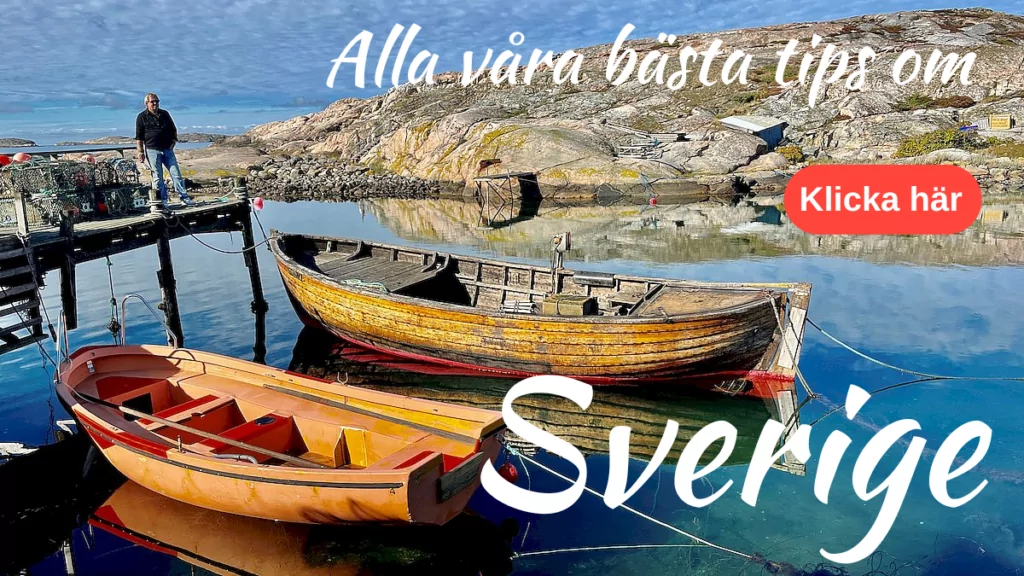


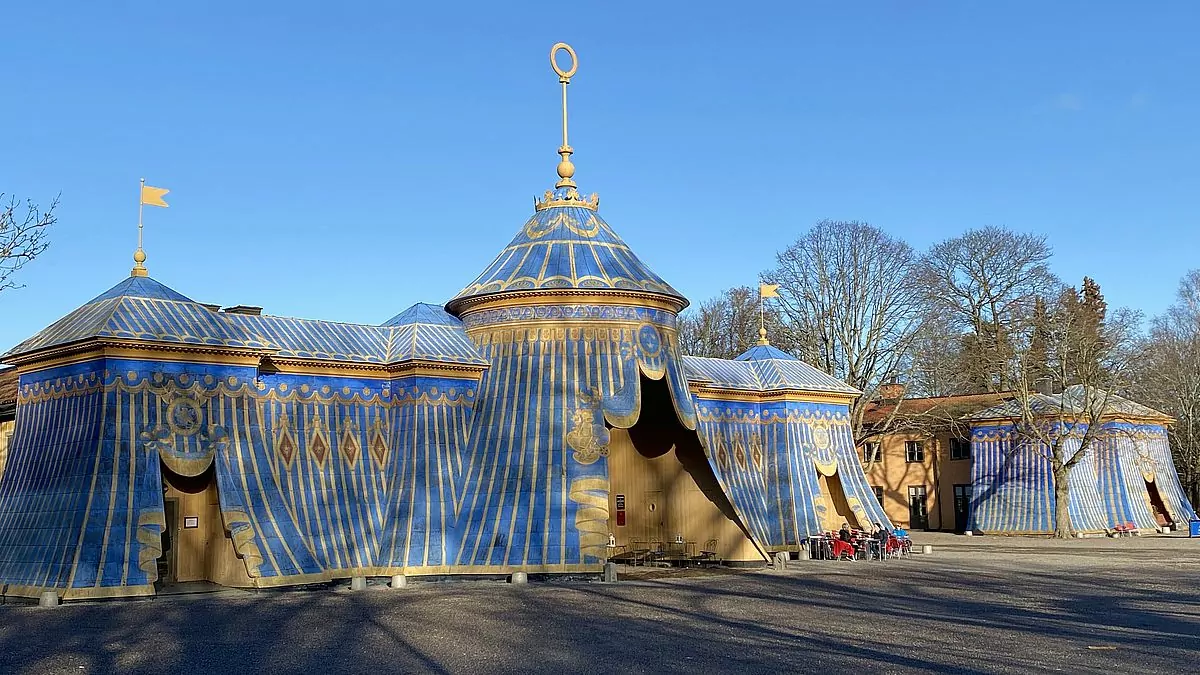






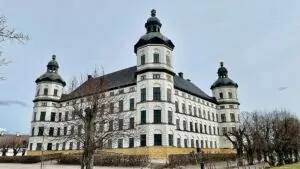
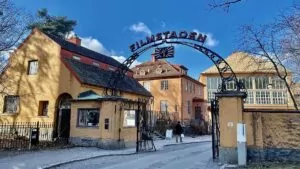
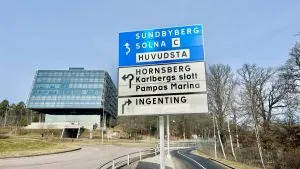
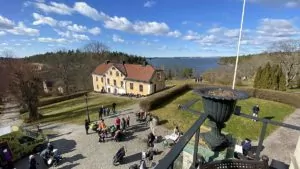
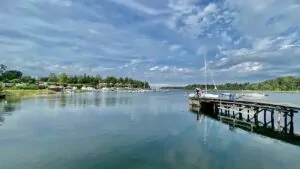
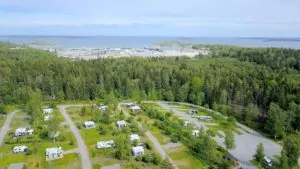
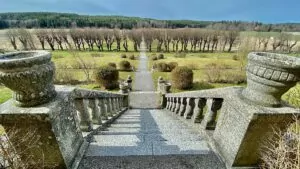
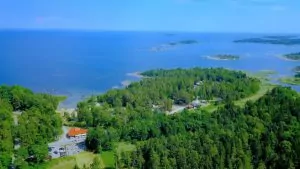
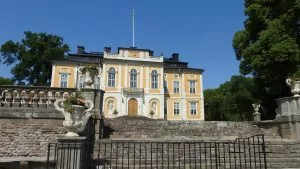
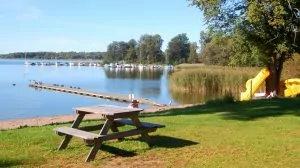
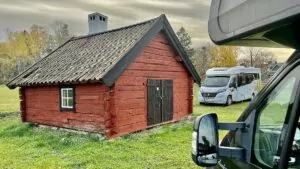
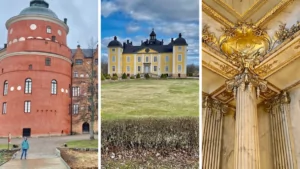
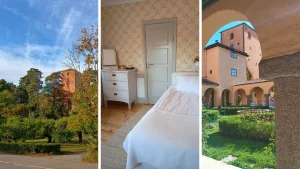
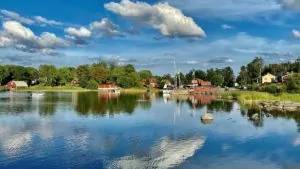
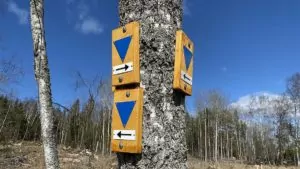
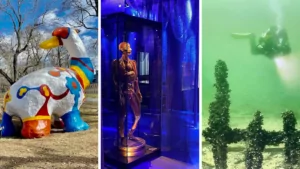

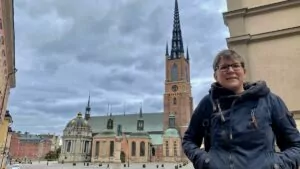
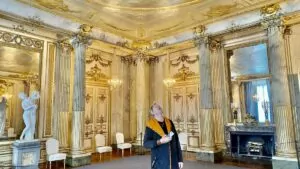
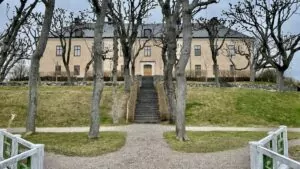
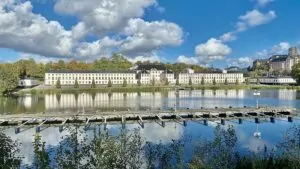
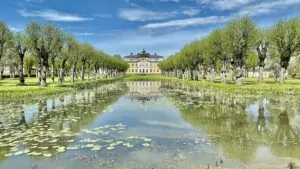
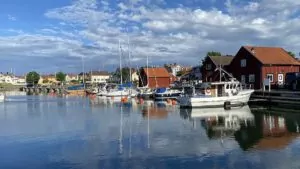
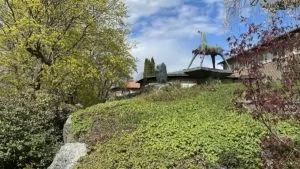
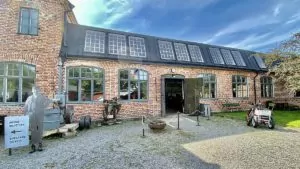
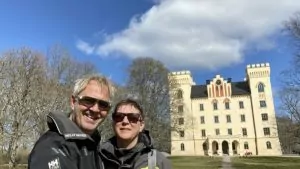
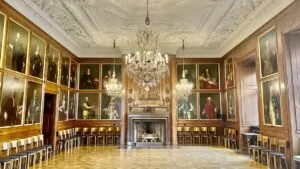
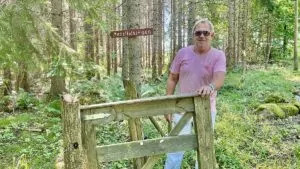
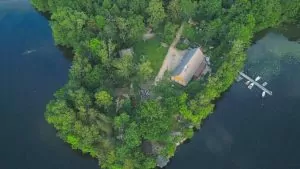
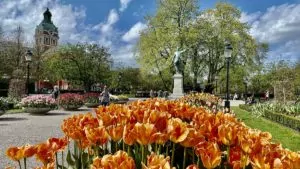
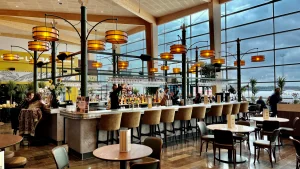
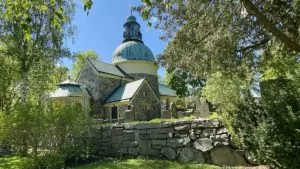
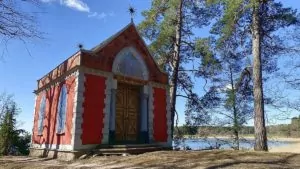
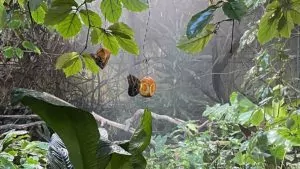
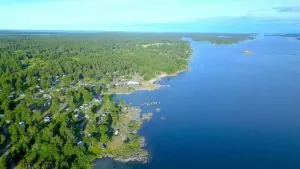
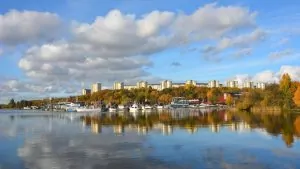
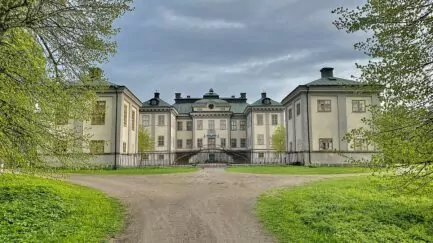
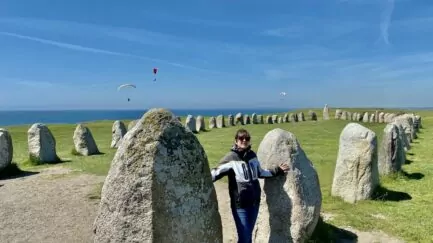
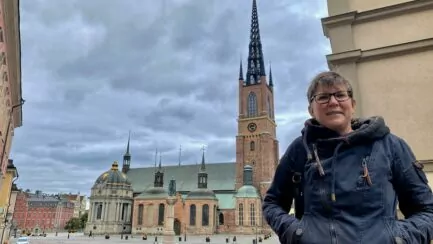
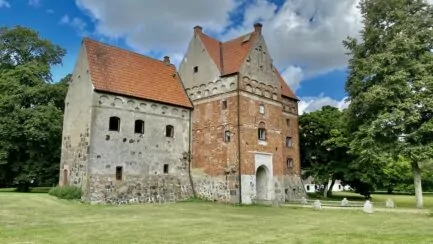



Petra says:
Hang out a lot in the park all year round as we live just around the corner from the park?
We usually take our children there on weekends and in the summer we usually have a picnic etc.
Hugs
28 January 2020 - 7:16
Helena says:
Yes, you are close! Good that you take advantage of it, sometimes we miss things that are close ... 😉.
28 January 2020 - 8:15
Monica says:
You always write so well and interestingly with lots of facts plus nice pictures. One immediately gets the urge to go there. I had no idea that Hagaparken was so big and that it contains so many interesting things. I have been to Koppartälten and had lunch but it was ages ago. Maybe time again! Did you see if you can bring your dog?
28 January 2020 - 7:18
Helena says:
Thank you Monica, we are happy to hear that you like our reports 🙂 Dogs are not a problem, we saw many.
28 January 2020 - 8:16
Lisa / Let's go Explore says:
Have been there quite a few times but never really read up on everything so this was really fun to read! Thanks for the guided tour 🙂
28 January 2020 - 8:16
Helena says:
Many places become even more interesting when you read on, I think! 🙂
28 January 2020 - 17:53
Maria's memoirs says:
I was there the last time I visited Stockholm. Walked around there for several hours so it became my only programme item for that day ?
http://mariasmemoarer.com/2016/july/kunglig-promenad-i-hagaparken-2.html
28 January 2020 - 8:31
Helena says:
Nice pictures! Nice to see a report from Haga during another season 🙂 .
28 January 2020 - 17:54
Mr Nils-Åke Hansson says:
A bit far for us to visit often. Fun to read about Hagaparken and see the nice pictures you have taken, was certainly there in my youth.
28 January 2020 - 10:13
Helena says:
Glad you liked the report! 🙂
28 January 2020 - 17:55
Solan says:
My park when we lived on Hagagatan. Even now I go there quite often. You have included most things. Above the cave there is a nice forest with many paths. The pavilion is stunningly beautiful and should be visited on weekdays. If you are lucky, you are almost alone on a guided tour....
28 January 2020 - 10:55
Helena says:
Interesting! We'll have to try and see the pavilion at some point!
28 January 2020 - 17:56
bmlarstravellingblog says:
Now we have received tips on additional excursion destinations on our Stockholm tours! Looks really nice!
Thanks for the info and nice pictures!
28 January 2020 - 12:48
Helena says:
Very nice! Really worth a visit, especially in good weather!
28 January 2020 - 17:56
Ruth in Virginia says:
Absolutely fascinating! Thanks for all the info!
The copper tents? How were they kept warm?
Were the walls insulated and, if so, with what? It looks like
very cold on the outside.
There seemed to be no problem with money for the king.
Imagine how many skilled workers got jobs!
Lovely old houses in Solna! Colourful!
One of your great posts!
28 January 2020 - 16:37
Helena says:
Good question about the copper tents! No idea how they were heated ... Now it was at least warm in there 🙂 And yes, many got jobs under Gustav III. I think I read that 800 people worked on the future palace. After Gustav II's death, many became unemployed, including architects ... Glad you liked the post!
28 January 2020 - 17:58
BP says:
Agree with Ruth and the others who commented - a great post. Hagaparken has been walked / jumped around and played fireball with different jobs a number of times. So fun to read some more "historical" facts.
The little turquoise house with Blåkullan in the background is the Olle Olsson House, which is now an art museum. Well worth a visit. https://sv.wikipedia.org/wiki/Olle_Olsson_Hagalund
28 January 2020 - 17:58
Susjos says:
I thought I had seen all the "buildings" in the park, we live a stone's throw away! But there is so much to discover in this wonderful park!
What great photos you have taken!
Hugs!
28 January 2020 - 22:18
Lena - good for the soul says:
I still have a lot to discover there, I see. I had no idea that there were so many buildings. And I had never heard of that abandoned foundation. It's a very nice park so I'd love to return there.
Hug Lena
29 January 2020 - 6:03
Elisabeth.Nordlander says:
What a fantastic presentation of the park I just walked around in! Big THANK YOU!
21 May 2020 - 15:50